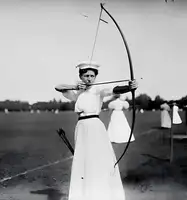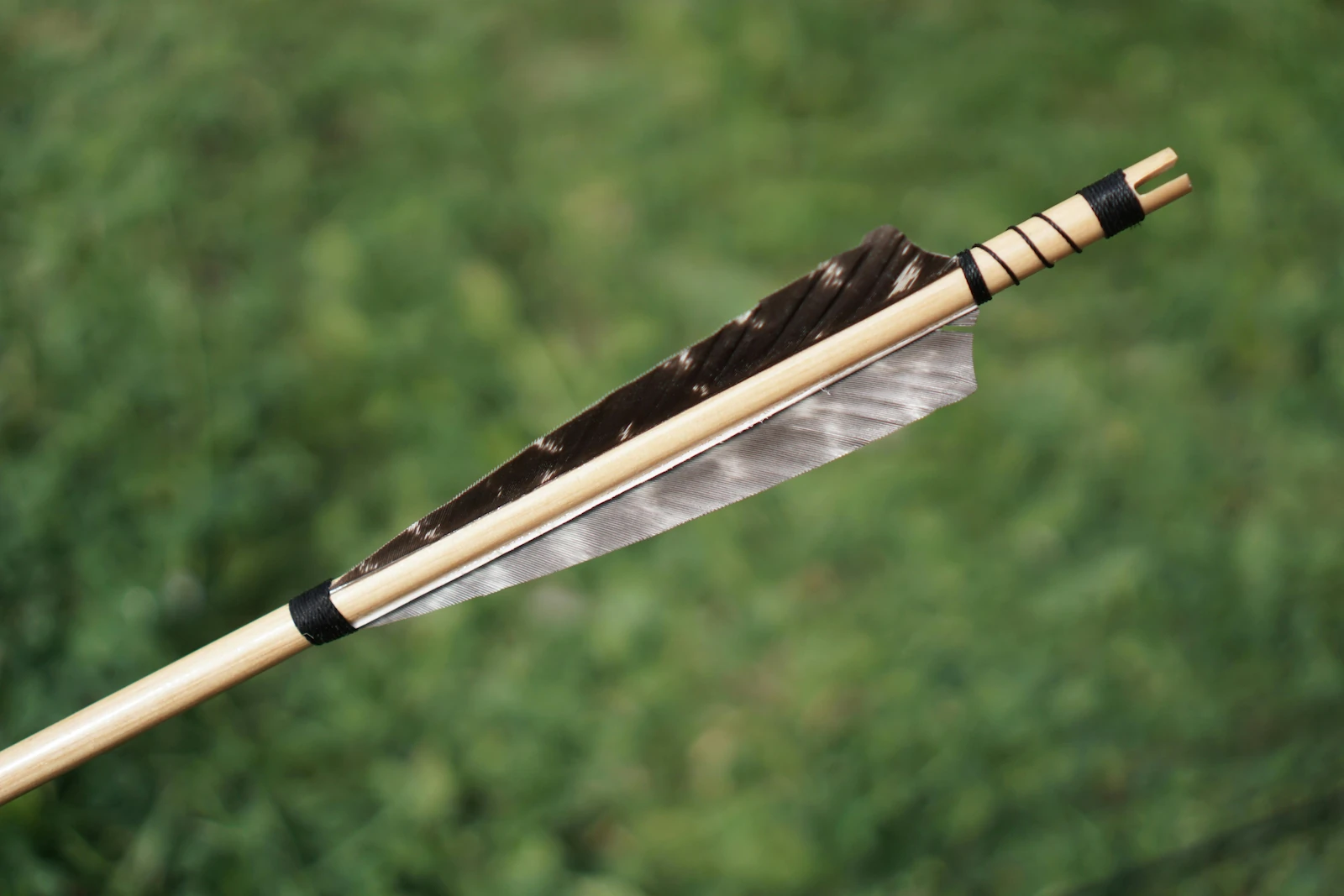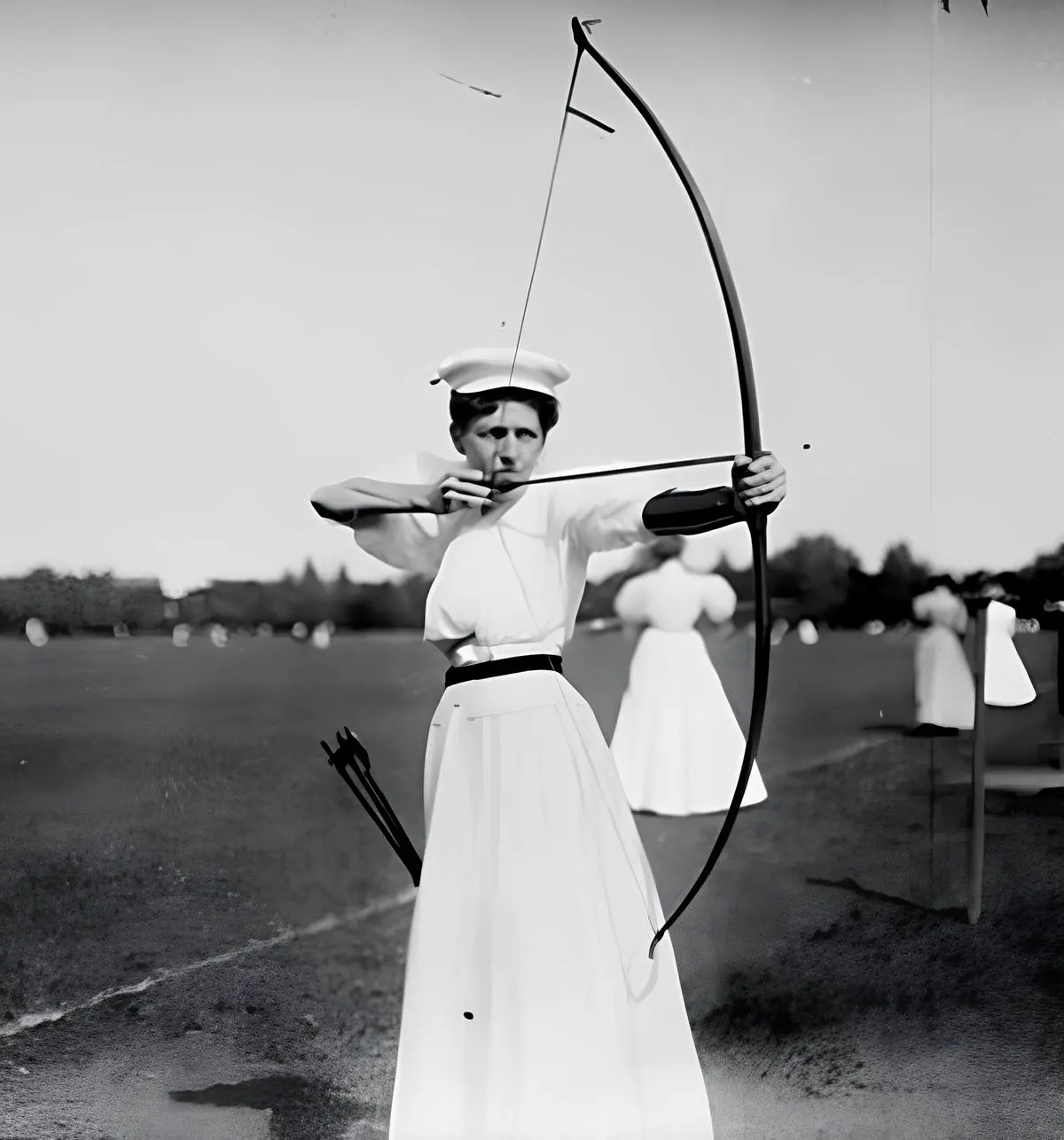Ancient British Archery: Longbows, Warfare & Royal Toxophilites

The History of Archery in the UK: Part 1 – From Prehistory to Royal Toxophilites
Introduction
Archery in the United Kingdom is more than a martial legacy — it's a mirror of social evolution, craftsmanship, and shifting political power. From ancient hunting communities through to the high medieval battlefield and aristocratic pastimes, the bow has played a defining role in British identity. This first instalment explores the early history of archery in Britain, from prehistory up to the establishment of the Royal Toxophilite Society in the late 18th century.
Ancient Origins: Hunting and Survival
The earliest evidence of archery in the British Isles dates to the Mesolithic era (roughly 8000–4000 BCE), shortly after the last Ice Age. Flint arrowheads, some barbed and others leaf-shaped, have been discovered in sites such as Star Carr in North Yorkshire and sites in Wiltshire and Somerset. These artefacts suggest bows were already sophisticated tools, used for hunting red deer, wild boar, and smaller game. Although organic materials like wood and sinew rarely survive, occasional finds — such as preserved wooden bow staves in peat bogs — hint at early designs. Most were likely self-bows crafted from yew, ash, or elm, averaging 1.2 to 1.5 metres in length. Their simplicity belies a profound understanding of wood grain, flex, and tension. As communities shifted from nomadic hunter-gatherers to more settled farming societies in the Neolithic and Bronze Age periods, bows continued to serve a dual role: hunting and conflict resolution. Arrowheads from the Bronze Age show a move towards metal, particularly copper and bronze, improving durability and penetration.
The Iron Age and Tribal Warfare
By the Iron Age (c. 800 BCE to the Roman invasion in 43 CE), British tribes had developed a distinct warrior culture. Though swords and spears dominated, bows were used by scouts, hunters, and skirmishers. Iron arrowheads became more common, often with barbs or tangs to lodge in flesh. Fletching may have been standardised with feathers from native birds. Celtic artwork occasionally depicts archers, but the bow remained secondary to melee weapons. However, in ambushes or forested terrain, tribal archers would have had the advantage of mobility and concealment. This period also saw the rise of hillforts and defended enclosures — structures where archers could have played a role in both defence and hunting around settlements. Although overshadowed by close-quarters combat, the bow retained its practical value.
Roman Britain: Auxiliary Archery and Imported Influence
The Roman conquest introduced new technologies and military organisation, including archery units from the eastern provinces. Syrian and Thracian auxiliary troops were skilled with short composite bows — weapons made from horn, wood, and sinew for power and portability. However, there is little evidence that these designs were adopted widely by the native Britons. Composite bows were complicated to manufacture and unsuited to Britain’s damp climate. The native bow tradition, rooted in self-bows and long staves, continued largely uninterrupted. In civilian life, archery remained essential for hunting, especially among rural populations. The withdrawal of Roman forces in the early 5th century led to a resurgence of native cultural practices, including traditional bow use among Anglo-Saxon and later Norse communities.
The Medieval Longbow: Power, Precision, and National Identity
The high medieval period (11th–15th centuries) marked the dramatic rise of the longbow — a weapon that would become a symbol of English military might. Often made from yew (preferably imported from Italy or Spain for its dense heartwood and springy sapwood), these bows were tall — sometimes exceeding the height of the archer — and had draw weights ranging from 80 to over 150 lbs. The longbow's effectiveness was due to a combination of factors:
- It offered a high rate of fire — up to 12 arrows per minute in trained hands.
- It could pierce armour at close to medium range, especially when using bodkin-point arrows.
- It allowed armies of relatively untrained yeomen to unleash deadly volleys en masse.
This was showcased at the Battle of Crécy in 1346, where English longbowmen decimated the French cavalry and crossbowmen. Similar success followed at Poitiers (1356) and Agincourt (1415), where Henry V’s archers, supported by muddy terrain and narrow battlefield frontage, turned the tide against a numerically superior foe.
Archer Training and Legal Mandates
The longbow’s dominance led to legislation designed to foster a nation of archers. Under Edward III and Henry VIII, a series of laws required able-bodied men to practise archery regularly. Key statutes included:
- Archery Act 1363 – All men aged 15 to 60 were to own and practise with a longbow.
- Laws banning football, dice, and other games that distracted from archery.
Parish butts (earth mounds used as backstops) were built across the country. Sunday afternoon archery became as much a moral obligation as a military one. This culture embedded archery deep into everyday life — from peasant villages to market towns.
The Social Status of Archers
Contrary to the stereotype of archers as lowly peasants, skilled bowmen often held respected positions. In many cases, archers earned better pay than foot soldiers and were sometimes granted land or titles. The Yeomen of the Guard, established in 1485, were originally composed of longbow-armed bodyguards. Archery was not just a skill; it was a badge of civic pride and national defence.
Renaissance and Decline: The Changing Face of Warfare
By the 16th century, the longbow began to lose its battlefield supremacy. The introduction of firearms — particularly the arquebus and later the musket — rendered bows less effective in open combat. Guns were easier to train with, and their psychological impact was considerable. Despite this, Henry VIII continued to promote archery. He was a skilled archer himself and established several royal tournaments. But by Elizabeth I’s reign, military reliance on archers had all but ended. Still, the cultural memory of the longbow endured. Public shooting competitions, rural games, and hunting kept the tradition alive. Many towns held regular archery contests, and guilds began to treat archery more as a heritage craft than a martial necessity.
Archery as Leisure: From Yeomen to Gentlefolk
The 17th and 18th centuries saw archery re-emerge — not as a military skill, but as a refined leisure activity. With peace and prosperity growing among the upper classes, archery became a fashionable hobby. Clubs and societies emerged, including:
- Finsbury Archers – One of the earliest London-based recreational archery groups
- Scorton Silver Arrow – A traditional competition dating back to 1673, still held today
These gatherings were social affairs, complete with pageantry, costumes, and elaborate scoring systems. Women also began to participate, particularly in the Georgian period, when archery became one of the few socially acceptable sports for ladies.
The Royal Toxophilite Society and Formalisation
In 1781, the Royal Toxophilite Society was founded in London by Sir Ashton Lever. It sought to formalise and promote archery as a cultured, structured pursuit. Named after the Greek words for "arrow-loving" (toxon + philos), the Society quickly gained favour among the nobility. George IV, then Prince of Wales, granted royal patronage in 1787. The Society helped standardise equipment, target sizes, and scoring. Their adherence to tradition — favouring the longbow over newer designs — helped preserve a unique strand of British archery heritage. Key contributions of the Society included:
- Hosting grand tournaments with ceremonial flair
- Encouraging female participation well before many other sports did
- Publishing rules and results, laying the groundwork for competitive archery formats
Its members were among the cultural elite, and archery came to symbolise grace, accuracy, and historical pride.
Conclusion: A Legacy Forged in Wood and String
From the silent forests of prehistory to the muddy fields of Agincourt and the manicured lawns of Georgian estates, archery has evolved with the nation itself. More than just a weapon, the bow has been a tool of survival, a symbol of resistance, a path to honour, and a source of personal enjoyment.
The next chapter in this series will cover the transition from Georgian leisure to Victorian sport — including how industrialisation, social mobility, and military reform influenced the formation of the Grand National Archery Society in 1861.



